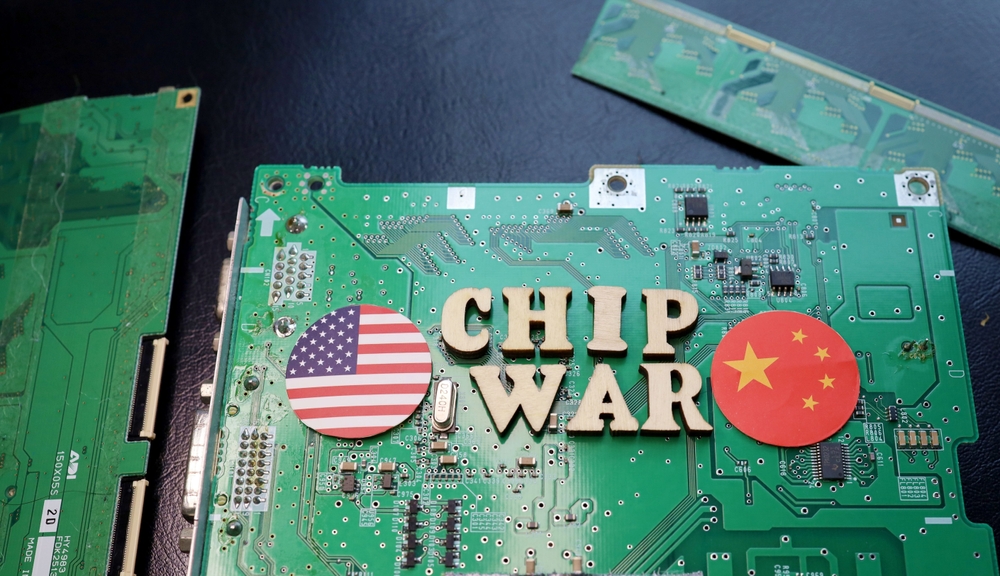China has surged ahead as the world’s largest spender on semiconductor manufacturing equipment, investing an unprecedented $25 billion in just the first half of 2024. This staggering expenditure eclipses the combined spending of South Korea, Taiwan, and the United States, marking a pivotal shift in the global chipmaking landscape.
China’s Unprecedented Investment
According to Nikkei, China’s semiconductor investments are set to reach a total of $50 billion by the end of the year. This aggressive spending spree underscores China’s determination to bolster its chip production capabilities amid rising tensions and potential trade restrictions from Western countries. The country’s strategy is clear: reduce dependence on foreign technology and secure a stable supply of chips essential for a wide array of industries.
This hefty investment encompasses contributions from both major players like Semiconductor Manufacturing International Corp. (SMIC) and Hua Hong, as well as a host of smaller and mid-sized chipmakers. The focus is predominantly on building new fabs, with over a dozen expected to come online by 2024 and 2025. Despite global economic headwinds, China remains the only major market to increase its fab tool spending this year, while its counterparts in Taiwan, South Korea, and North America have scaled back their investments.
Impact on the Global Chip Industry
The repercussions of China’s spending spree extend beyond its borders. Leading chip fab tool makers—including Applied Materials, Lam Research, KLA, Tokyo Electron, and ASML—have reported significant revenue increases from Chinese clients, with contributions ranging from 32% for Applied Materials to a remarkable 49% for ASML. This surge in demand has pushed the semiconductor industry’s capital intensity above 15% annually, reflecting a robust supply-demand balance.
The future outlook for the semiconductor industry remains robust, driven by burgeoning demand for memory and AI-related chips. While sectors like automotive and industrial chips are experiencing slower growth, China’s spending spree signals a strong commitment to advancing its chipmaking capabilities.
Looking ahead, global spending on semiconductor equipment is expected to rise, particularly in Southeast Asia, the Americas, Europe, and Japan. As these regions expand their chipmaking capacities, China’s aggressive investment strategy may well reshape the global semiconductor market.
For more details on this seismic shift in semiconductor spending, visit Tom’s Hardware.
